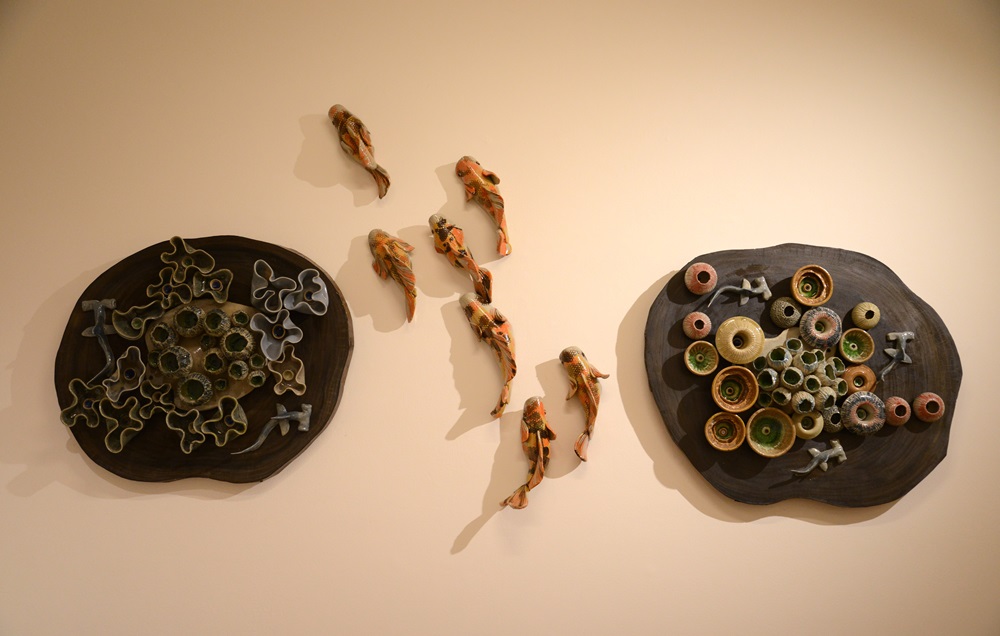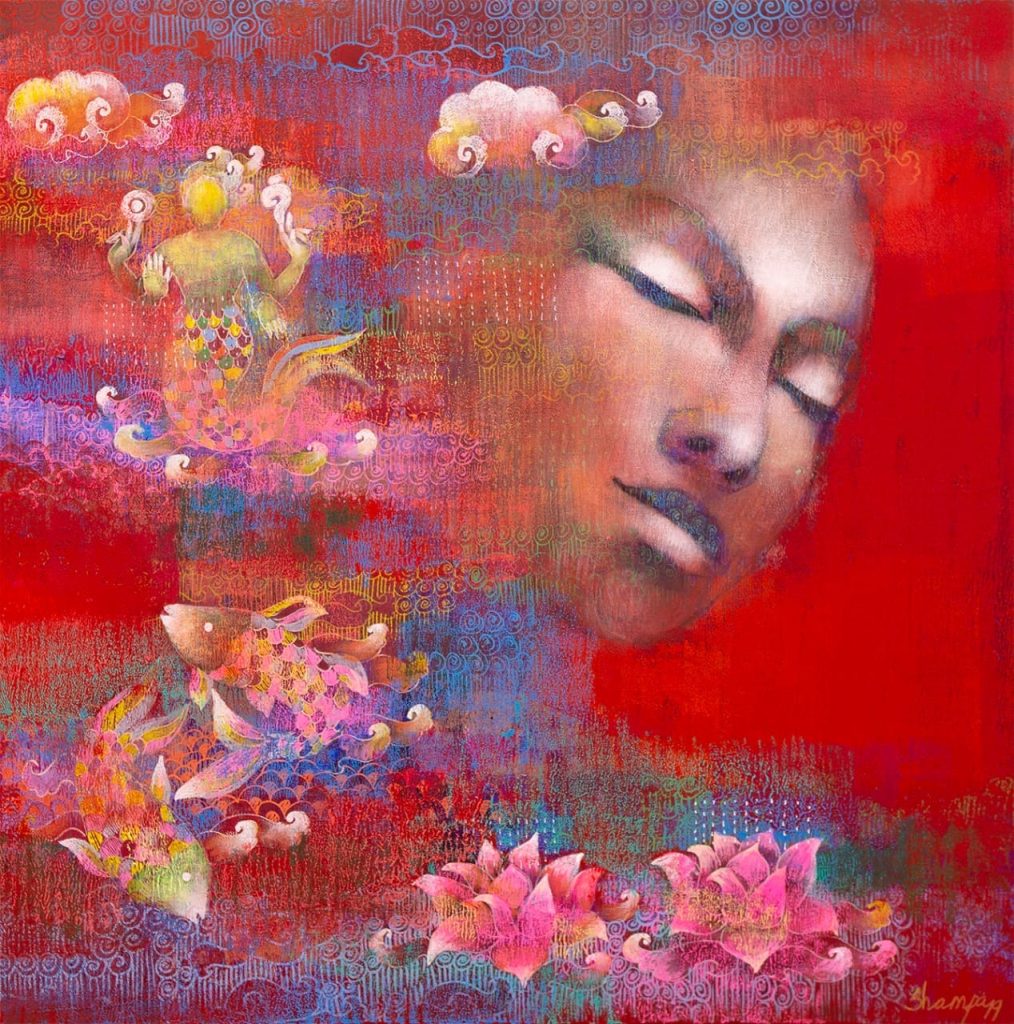A new exhibition began at the Art Alive gallery called “Immersive Infinities”, curated by Kristine Michael. It’s a group show that exhibits the ceramics works by six contemporary artists, Vinod Daroz, Thomas Louis, Rakhee Kane, Shirley Bhatnagar, Shweta Mansingka, and Partha Dasgupta. The exhibition is a reflection of personal spaces and the process of all these six artists who take you on the cerebral journey where you will find different realms incorporated in such a way that it will ignite emotional memory in a way that will transform your experience of understanding temporal and spatial concepts through the conceptual and tactile wonders.
This exhibition offers works in a diverse array, which ranges from the concepts of history, politics, nature, environmental concerns, and architecture to social justice, the body, the domestic, the political, and the organic, to reclaim the centrality of ceramics as a medium in the world of art.
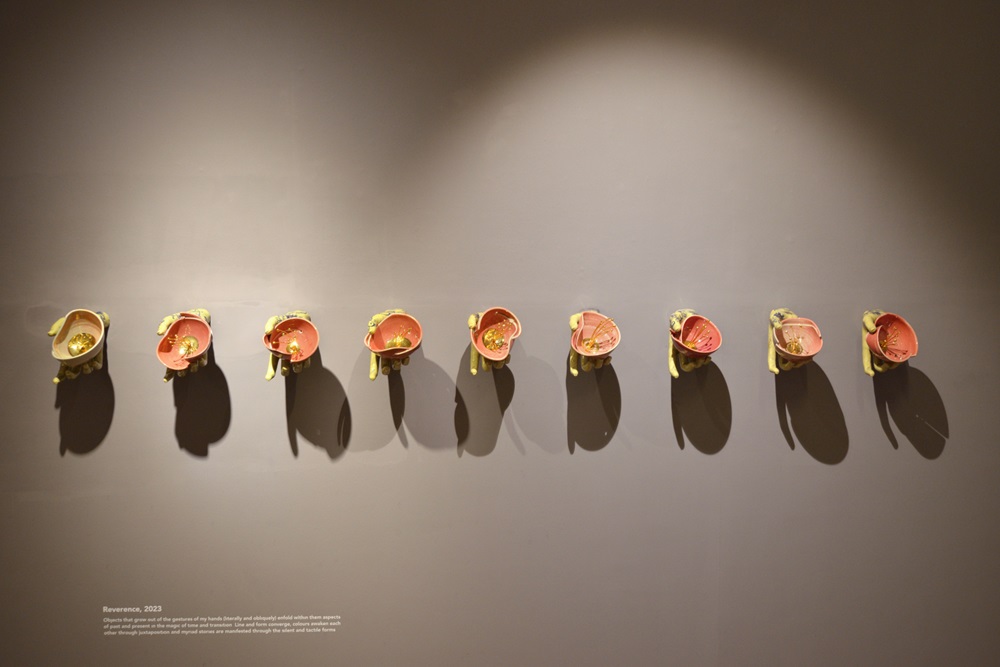
Vinod Daroz’s works explore the connection between male and female energies. He uses powerful symbols that have been portrayed abstractly through the ceramics. He took inspiration from the ancient temples with the aesthetical appeal of the sculptures; he encapsulated the textures and translucent qualities in a way that draws a metaphysical connection with serenity. He uses different symbolic elements, including the famous sayings of the art masters, through ceramic gold bars. It represents not only history but also the timeless wisdom that that work holds. These glistening bars invite viewers to connect with the essence of each artist’s journey, gaining a deeper understanding of the passion and dedication that defined their lives.
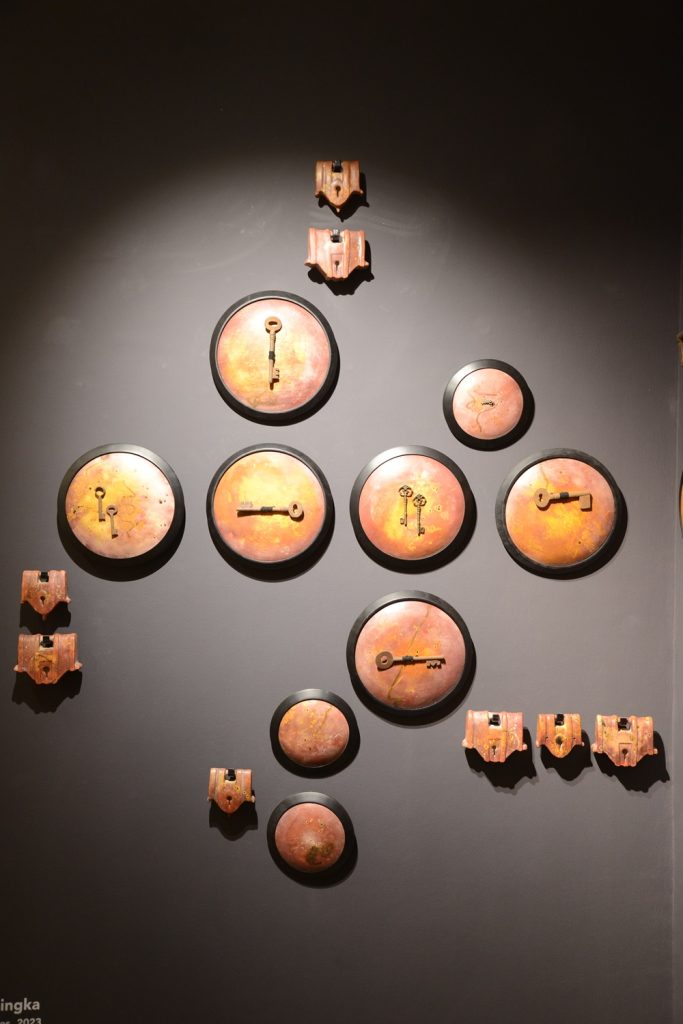
“Circle with Many Centers and No Circumference” by Shweta Mansingka challenges conventional notions of structure and form. Inspired heavily by the shastras and Advaita (non-duality) philosophy, her works delve deeper into human experiences to offer a broad spectrum of an array to look at life as an entity or one single form. The key and locks take you to the mysteries of time when you will understand the discovery of self and the ever-changing nature of reality. Her works also focus on one point,” which is the essential element of the creation. It talks about the profound nature of existence.
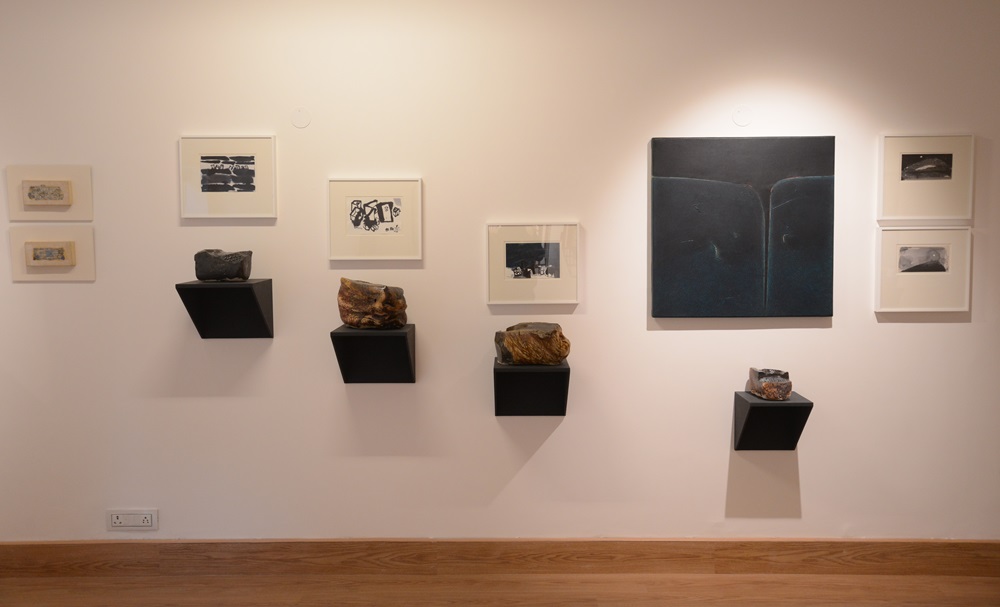
Sunaina Anand, the gallerist, shares her view, “I had a conversation with Christie where we discussed that we need to explore the language of ceramics, the infinities in life, how the life could be seamless, boundless and this whole universe but not through paintings, and this time I thought we should try something new. As a curator, she talked to all these artists, and we tried to take the language of ceramics to an entirely new level; there are installations in sculptural forms that they have taken.
It is from the earth, and the relationship of the clay is from the planet. So why do we say we are returning to the world and nature? So this was our tribute to achieve something like that. As a gallery, we find joy in exhibiting different art forms; we’ve done a show on women artists, we did a show with Sakti Burman’s sculptures, and now we’re doing ceramics. Working with different curators brings different energies and experiences. There is no formula; you go for aesthetics; presenting the correct language through the artist’s works gets the right balance. The synergy is essential, and there should be some rhyme when you achieve that everything follows later.”
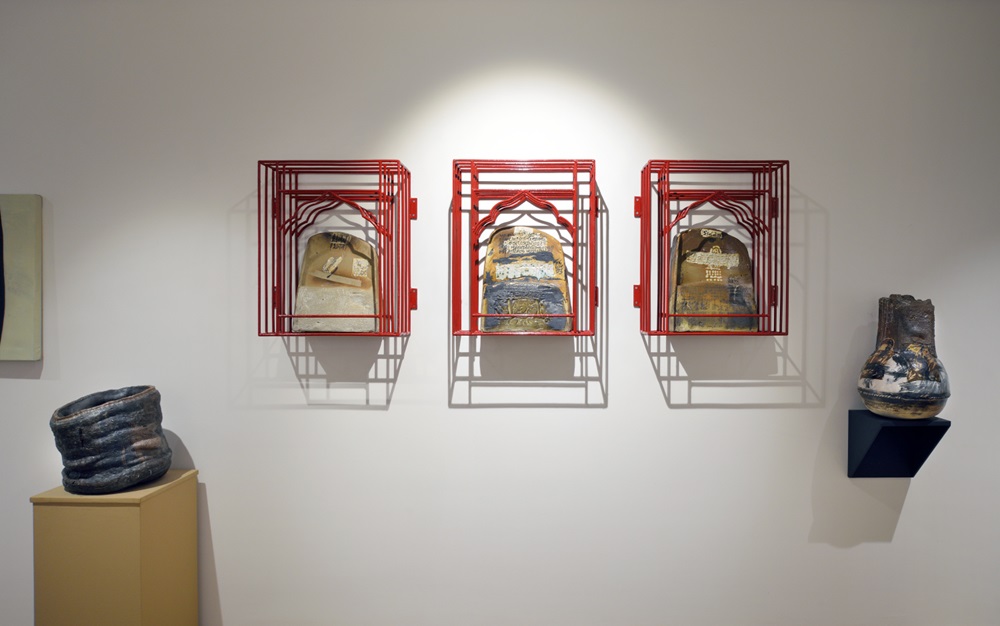
Partha Dasgupta talks about the planet’s evolution and formation in his ‘Taste of Earth’. He expresses his journey psychologically and philosophically, incorporating much from the energies and vibrations around us. He uses shapes to reform the natural movements of the medium to explore its undivided and limitless understanding. Works by Thomas Louis take viewers on an intense journey of visiting the inner relationship with the environment.
The results swiftly encourage the shift towards exploring the challenges the modern world faces daily. He believes that everything has a soul in the natural world, and his works aim to promote, preserve, and protect it for the environment required for every other being. He talks about interconnected lives and how natural deformation creates unsettling chaos and contributes to the downfall of society.
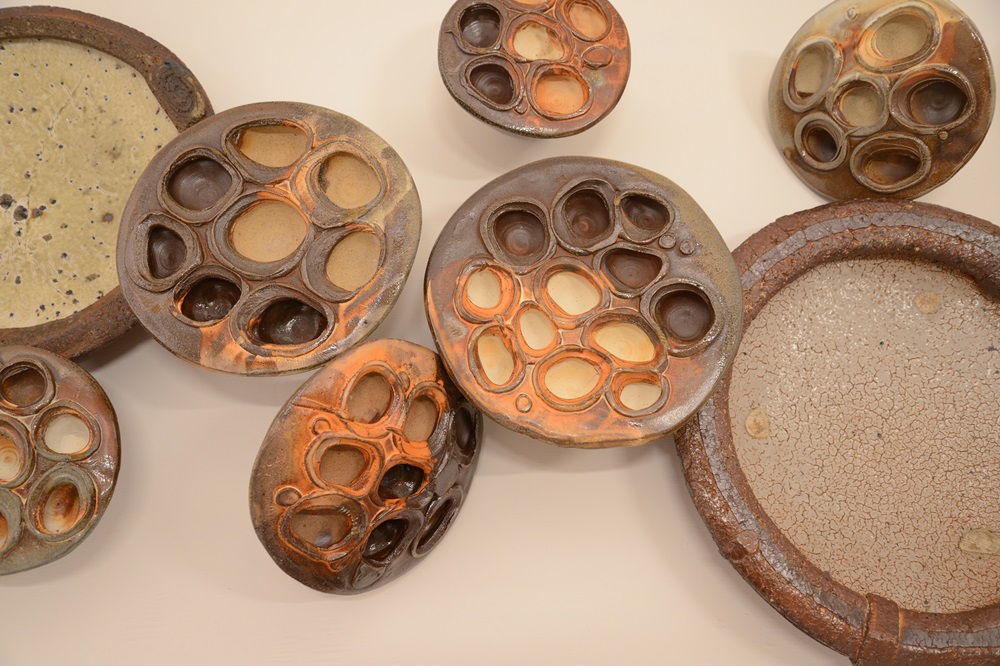
Raakhee Kane explores her journey in a way that inquires about the dimensions of space, considering it not as a space but as a living entity that possesses life in such a way that enlightens the essence of the self. She presents objects of her thoughts, experiences, and perspectives in a highly creative way. She explores life in the space that holds significance in the philosophy of life, exhibiting the four major principles of life: Dharma, Artha, Kama, and Moksha. It explores the cyclic nature of rebirths and death in a way that expands its dimensions and explores the soul’s diversity, complexity, and never-ending journey.
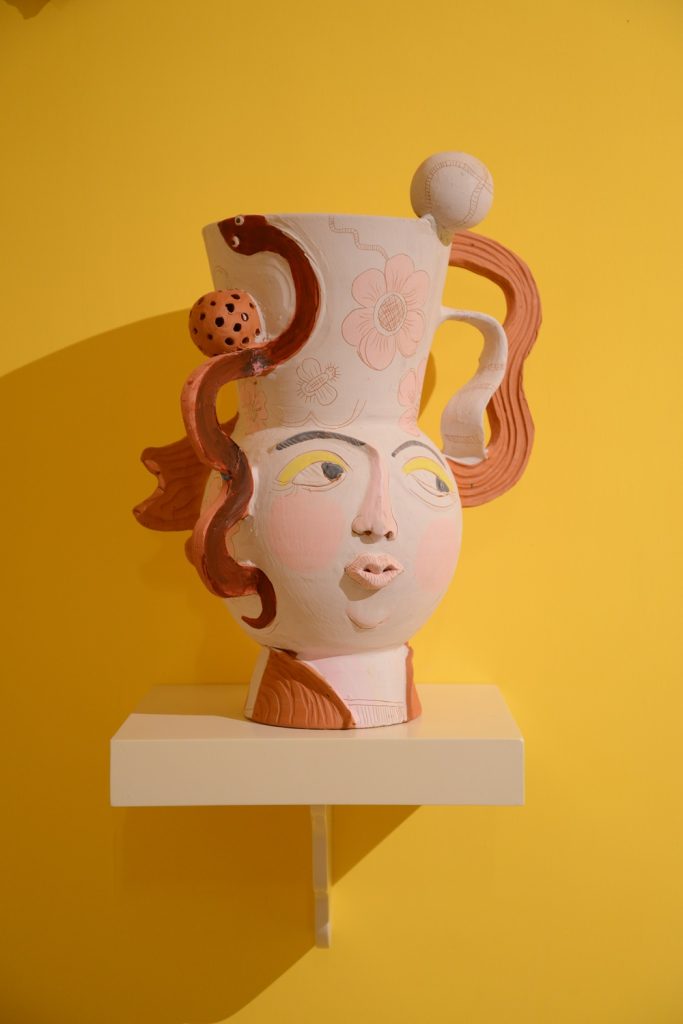
Shirley Bhatnagar’s works act as a bridge between the connection of humans and animals. She creates a world of objects that emphasizes the ancient pottery traditions and the philosophy of Anthropomorphism (human characteristics to non-human entities) and Zoomorphism (animal characteristics to things) in a modern context, offering a fresh perspective on these age-old practices. Her collection narrates the ever-lasting companionship of different beings that introduces an array of identities and hopes through emotional connection.
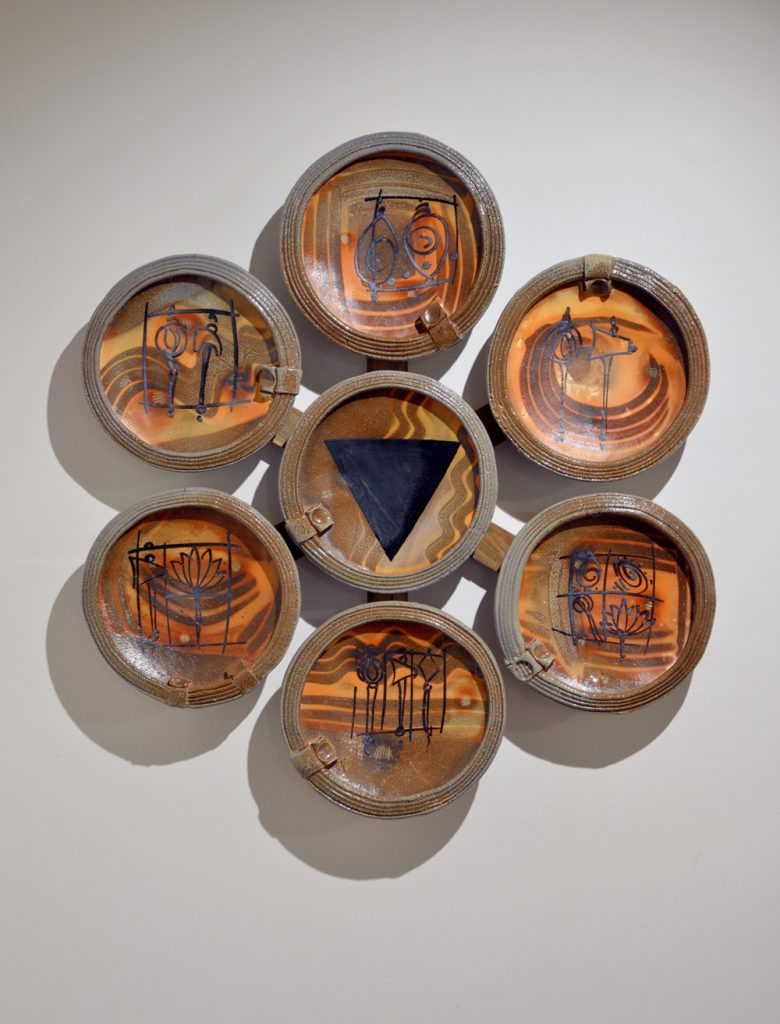
Kristine Michael, the curator, shares her process, “It’s a rare thing for an artist to have a space which belongs to themselves. Therefore, when I saw the gallery, I considered allocating one room for each artist to create an ambience of their world. You find their journey, philosophy, and thoughts when you enter any of these rooms. You meet them in an intense manner rather than just seeing the very witty version of their work in a group show. Therefore, I always wanted to be different from a typical group show because of the nature of the spaces, and I must thank the gallery for allowing me to do this show.
They gave me the confidence to continue it, and it took eight months to curate and bring the entire world together and to create such a space. I asked what they showed if they got their own space, what form, and if they worked in such a way. I have followed their work, and all these artists are mature in their lives, with their aesthetic palette and knowing what they want to see and communicate. As artists, sometimes, we get stuck with the techniques and learn about the glazes and other things. They all knew about their material and methods; their artistic bend brought a sense of individuality to their works. When you look at the work of ceramics, the first thing you see is its surface and, of course, the form, texture, and the fact that it encloses space.”

Contributor


